Most of our readers will be familiar with Geoff Park’s blog, Natural Newstead. If you haven’t read his recent posts on local bird numbers, it’s worth having a look:
During the week I paid visits to Rotunda Park and Mia Mia Track and on both occasions observations followed recent trends – very few birds and a lack of variety. No sign of robins (apart from a single Eastern Yellow Robin in the Mia Mia) or whistlers and very few honeyeaters. Let’s see what happens over the next month … I’d be very interested in other local notes to add to the mix. (see 29th February post, Natural Newstead)
Damian Kelly, another local bird expert, has commented:
I read your recent blog posts about species numbers with interest. Being out and about quite a bit I have to agree with your comments. Apart from a few Yellow Robins and a couple of Jacky Winters locally I have not seen any other small insectivores so far this year. Quite disturbing. (See Geoff’s post for full text.)
Geoff plans to follow this theme in posts over the next month.

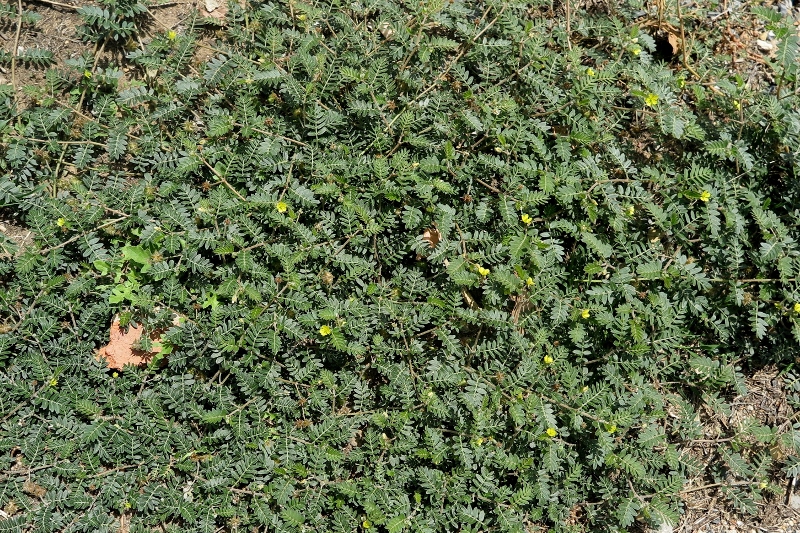
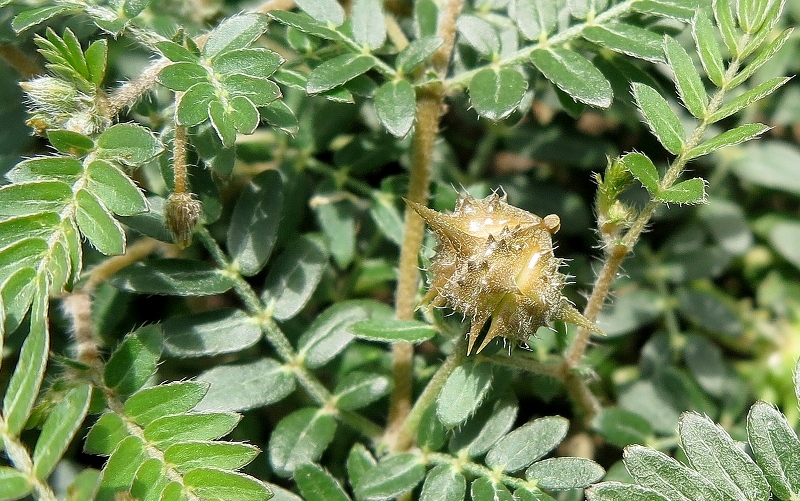
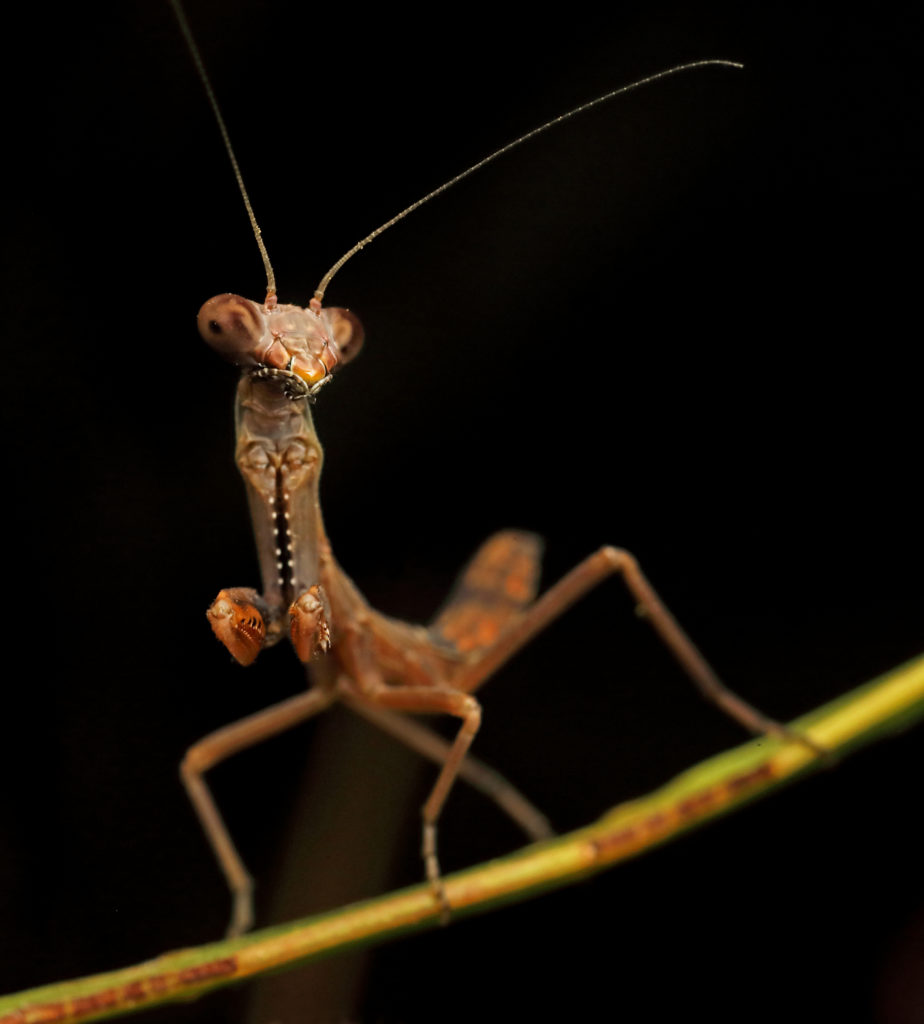
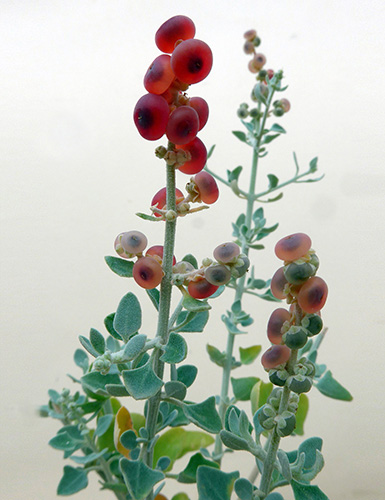
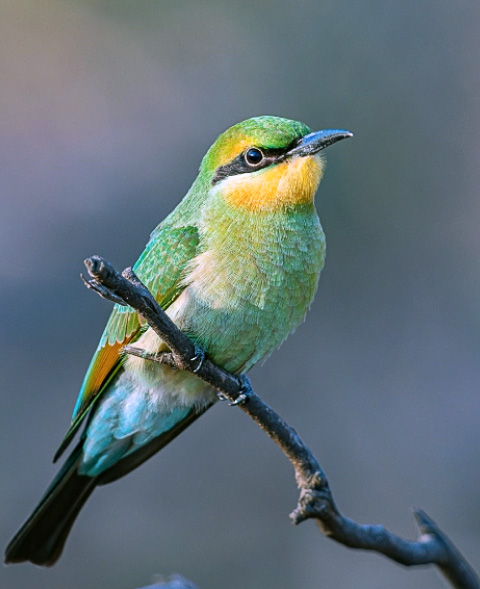
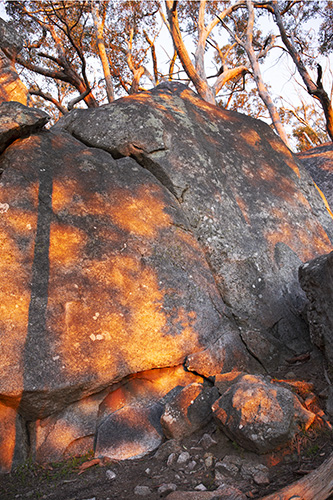
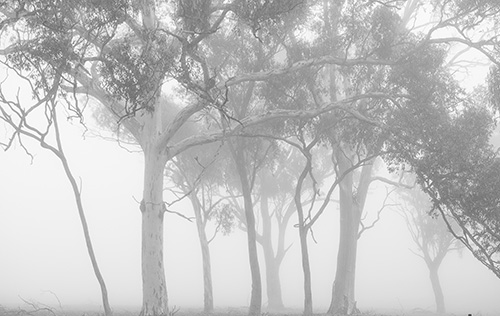
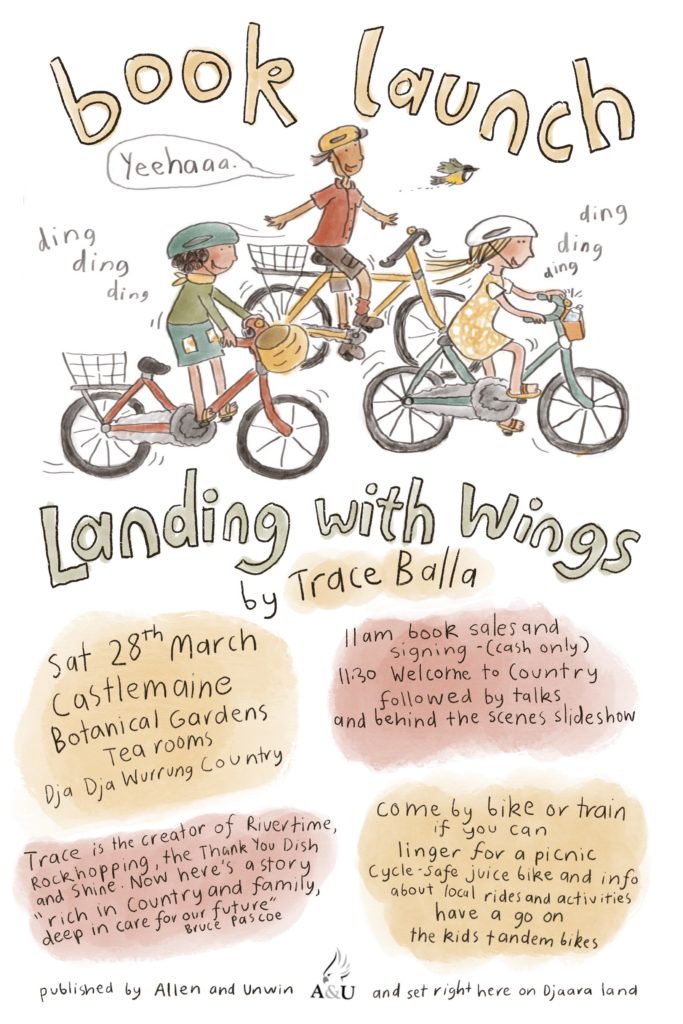
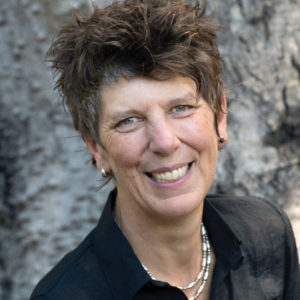
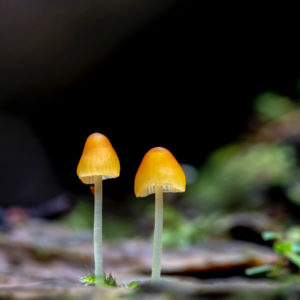
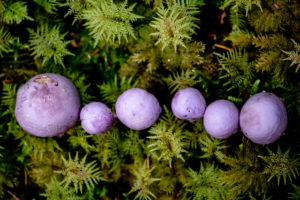
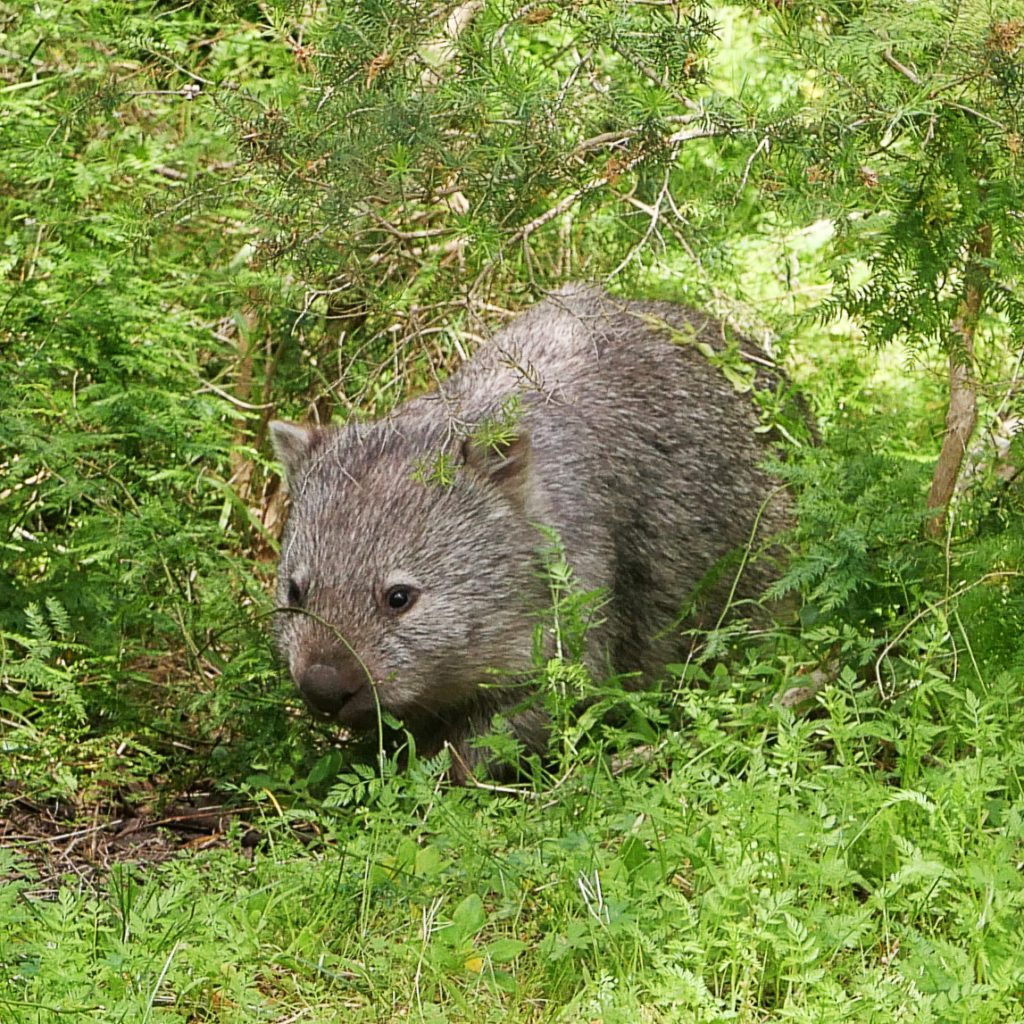



 Click on image for info/order page
Click on image for info/order page Click on image for info/order page
Click on image for info/order page Click on image for info/order page
Click on image for info/order page





















